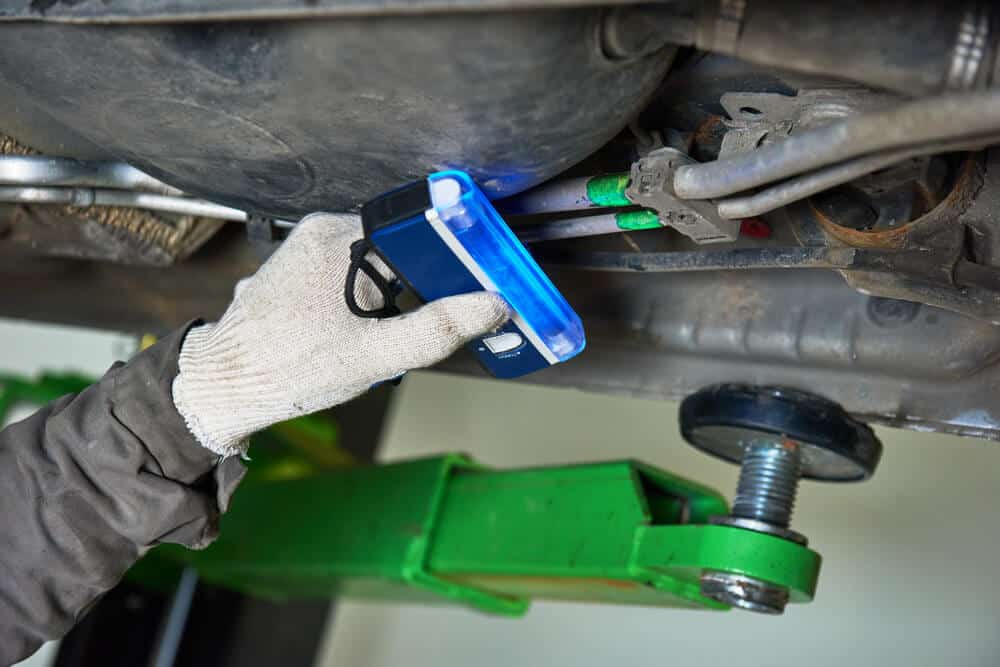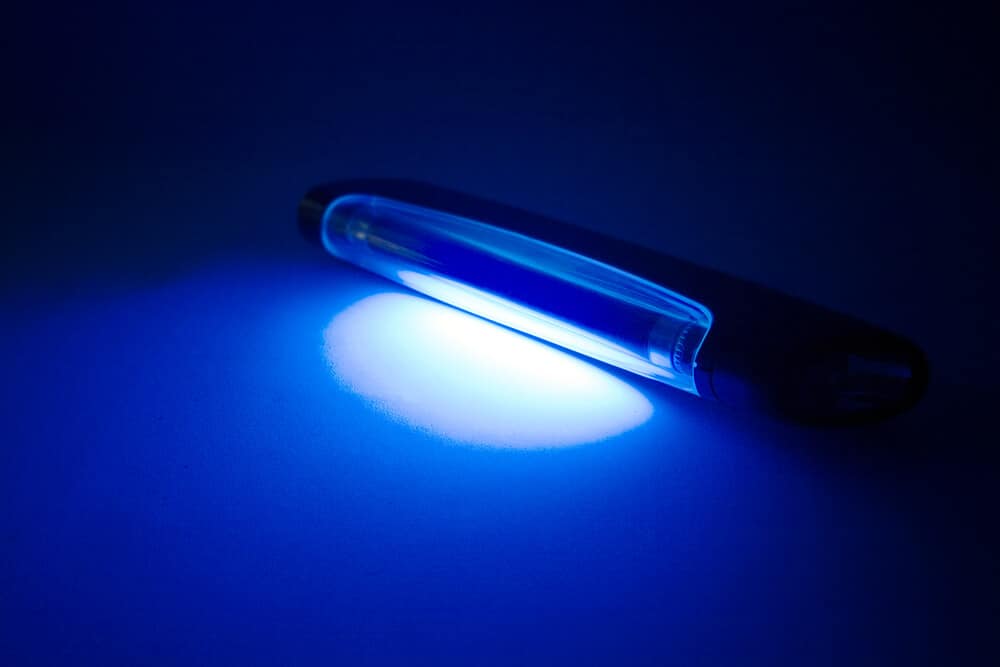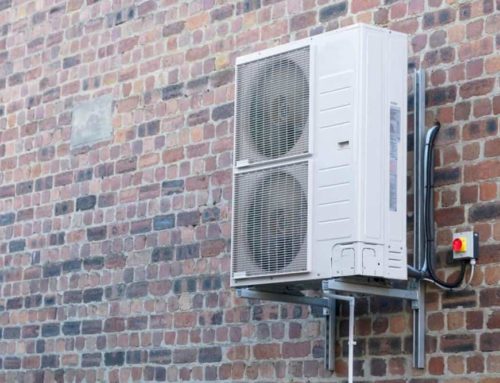The quality of the air we breathe is becoming a major concern in the modern day and age. For people with severe allergies or any healthy individual who is exposed to mold, it’s equally important to have a supply of clean air through their HVAC rtu.
Because of this, it is extremely important to keep our ducts in good shape, especially when there is mold present and when there are residents in the house sensitive to allergies. Your serviceman might suggest using a UV light for HVAC. So, does UV light kill mold, and does it improve the air quality?
How Do UV Lights Work?
Effectiveness of UV light on bacteria, viruses, and mold has a track record and was proven when Niels Finsen applied UV light on patients’ skin to treat their infections. The application of UV lights today spans from retail, hospitality and medical institutions where they are used to terminate germs.
UV light for HVAC can help eliminate mold and bacteria, which makes it useful for air purification. While effective for organic impurities, the effect of the UV light is limited to these sources and is not helpful with dust and other allergens.
All in all, the lights can significantly reduce the presence of mold and bacteria in your air conditioning systems, which is proven by standard air quality tests.
How Are HVAC UV Lights Installed?
There are two options offered for UV light installation in your HVAC system today:
- UV lights installed on the unit’s coils
- UV lights installed in the ducts
With the first option, the uv light for hvac would be installed next to your coils so that they can shed light on them. The main reason behind this is because of the coils’ role within the system. As they condense moisture from the air and since the vast amount of air flows over the coils, they collect all sorts of deposits including mold and bacteria.
The moist surface of the coils acts as a magnet for dirt, pet dander, and other debris and voila – you have the perfect source for further spreading of bacteria and mold. By installing UV lights right next to the coils, you are directly addressing the hotspot for the spread of bacteria.
With the second option, UV lights are installed into the ducts directly. Here, they act on airborne mold and bacteria when air returns to the system. The cost of this option is drastically higher as installation requires lights to be integrated into the existing system to sync with the operation of the air-co.
Maintaining HVAC UV Lights
Air conditioning systems are complex and require all of the parts to work optimally to perform well. When you install UV lights, it also means you must maintain them properly and change the bulbs regularly. While this method is effective in battling germs and improving the air quality, it comes with a cost.
Also, if your system runs sub-optimally and you’ve installed UV lights to battle mold and bacteria, you did not resolve all your problems. Make sure to always use high-quality air filters and to change them per recommended intervals. The system should run smoothly, without leaks and hotspots in which bacteria might proliferate, so make sure you schedule a regular cleaning.
HVAC UV lights are a costly yet effective investment. In hot and humid regions, and for persons suffering from allergies, they can prove to be invaluable. If you have questions concerning UV lights, consider adding them to your home and give us a call for the best advice




